When Were Security Cameras Invented?
Security cameras have come a long way from their humble beginning as a means of video surveillance in Stalin's Russia in the 1920s.
Who would've thought that the pocket-sized smart home security cams we have today trace their roots to a simple wireless connection using video cameras and TV sets?
Let's find out how video surveillance technology has evolved in the last century.
The Motion Picture Industry
Security cameras were first used in the motion picture industry in the 1920s to monitor film production sets and ensure the safety of actors and crew members.
These early cameras were typically large and cumbersome, and they required a lot of manpower to operate.
However, they were an important tool for filmmakers who wanted to capture realistic and authentic scenes without putting their actors and crew at risk.
One of the earliest examples of security cameras for video surveillance being used in the motion picture industry was on the set of the 1923 film "The Ten Commandments."

Director Cecil B. DeMille used cameras to monitor the massive production involving thousands of extras and elaborate sets.
The cameras allowed DeMille to keep track of everything happening on set and make adjustments as needed.
Over time, security cameras became more advanced and more widely used in the motion picture industry.
They were used to monitor stunts and other perilous scenes, as well as to prevent theft and vandalism with video surveillance.
Today, security cameras are an essential tool for film and television production. They are used on sets around the world to ensure the safety of actors and crew members and to capture high-quality footage.
World War II
The military origins of closed-circuit television (CCTV) cameras can be traced back to Soviet Russia during Stalin's reign.

In 1927, Russian scientist Léon Theremin connected a video camera and television to form one of the earliest CCTV systems in history.
It was used to watch visitors coming to the Kremlin in Moscow.
Fifteen years later, in 1942, the Nazis developed their own CCTV technology to be used by the German military in monitoring the launch of V-2 rockets.

Designed by German engineer Walter Bruch, the CCTV cameras allowed people to observe rocket launches from a safe distance.
The cameras also helped the Nazis track the trajectory of the rockets, which allowed German scientists to improve the accuracy of their weapons.
Allied powers also used the CCTV system to detect enemy planes and track their movements.
Surveillance equipment was usually installed on tall towers or buildings and operated by trained personnel who would closely monitor incoming planes.
To monitor troop movements and protect military installations, cameras for video surveillance were hidden in discreet locations and were operated remotely using wires or radio signals to transmit images back to military headquarters.
What Was the First Security Camera Like?
The first security camera is nothing like today's modern security cameras.
First called the "television camera tube", it consisted of a cathode-ray tube (CRT) capable of capturing and transmitting images.
The tube was mounted on a swivel, which allowed the camera to be aimed at different locations.
The images captured by the camera were transmitted over a wire to a monitor, where they could be viewed in real-time.
It was initially used for scientific and experimental purposes until the technology was utilized for security applications in the 1940s.
The first CCTV cameras were large and bulky, often requiring a lot of manpower to operate.
How Security Cameras Gained Popularity
Security cameras gained popularity in the mid-20th century with the advancements in digital technology and increasing concerns about crime and security.
Law enforcement agencies needed constant monitoring in public spaces and commercial buildings.
The precursor to modern CCTV systems was developed in the 1960s, which allowed multiple cameras to be connected to a single monitor.
The arrival of video cassette recorders in the 1970s made video recording even more convenient.
These developments made monitoring large areas and tracking potential security threats easier and more efficient.
At the same time, concerns about crime and public safety were rising, especially in urban areas.
The use of CCTV systems was seen as a way to fight crime and provide evidence in the event of criminal activity.
This led to the widespread adoption of security cameras in banks, department stores, and other commercial buildings.
Security camera systems were installed in public parks, retail stores, transportation hubs, and other areas to discourage unlawful activity and provide a sense of safety for the public.
What Was the First Video Surveillance System?
The first video surveillance system was developed in 1949 by an American company called Vericon.
The system was known as the "Vericon TV-1" and consisted of a camera and a monitor connected by a coaxial cable.
The camera used a vacuum tube to capture and transmit images, while the monitor was used to display the images in real-time.
The Vericon TV-1 was primarily used for industrial and commercial applications, such as monitoring production lines and warehouses.
What Was the First Home Security System?
The first home security system was developed by American nurse and innovator Marie Van Brittan Brown in 1966.

Brown lived in Queens, New York, and was concerned about the safety of her home and neighborhood.
The home surveillance system consisted of four peepholes in her front door, a camera that could be moved to any of the peepholes, and a monitor in her bedroom.
The camera was wired to the monitor, which allowed her to see who was at her front door and keep an eye on the outside of her home.
It was also equipped with a two-way communication device, which allowed Brown to speak to anyone at her front door without opening it.
The system could also be used to call the police in the event of an emergency.
At the time, Brown's invention was a significant innovation and laid the foundation for the development of home security cameras.
How Security Cameras Changed in the Digital Age
With the arrival of the digital age come advancements in the world of security cameras.
New technology led to smaller, more efficient cameras with higher resolution and improved functionality.
One of the most significant developments during this time is the shift from analog to digital cameras.
Digital video recording offers a number of advantages over its analog counterparts, including higher resolution, better image quality, and the ability to store and transmit images digitally.
At the time, Internet Protocol (IP) cameras, which utilized an internet connection to be accessed remotely, started gaining popularity.

An IP camera allows remote monitoring and access from anywhere in the world using a computer or mobile device.
The first IP camera was the Axis NetEye 200, which became commercially available in 1996.
Another major change during this period was the advancements in video analytics, which allowed cameras to analyze video footage in real-time and detect potential security threats.
It was also around this time when the motion-only recording was introduced to security camera systems.
Other significant developments in the digital age include improvements in storage and data management.
A digital video recorder can store large amounts of data on a digital storage device, making managing and accessing footage easier.
The Present and Future of Surveillance Cameras
In recent years, there has been a growing trend toward the adoption of smart surveillance cameras, which use artificial intelligence (AI) and machine learning algorithms to analyze video footage in real-time.
These cameras can detect security threats, such as intruders, suspicious behavior, or unattended bags, in sporting events and other potential targets and alert security personnel to take appropriate action.
Facial Recognition Technology
Facial recognition technology is becoming more advanced and can be used to easily identify individuals.
This technology is already being used by security cameras and smart doorbells such as the Wyze Cam v3 and Google's Nest Doorbell.
This works by capturing an image of an individual's face and analyzing it to identify unique features such as the distance between the eyes, the shape of the nose, and the contours of the face.
The image is then checked against the existing face database of authorized people.
If the camera detects someone unfamiliar, it will trigger an alarm and send you a notification.
Smart security cameras allow you to add familiar faces to the system for greater customization and security.
However, concerns about its accuracy have been raised in recent years, particularly its bias in identifying individuals from certain racial or ethnic groups.
Privacy rights infringement is another issue that causes concern among civil rights advocates, particularly the American Civil Liberties Union.
Motion Detection
Motion detection allows the camera to detect movement in its field of view and trigger a recording or alert.
There are different types of motion detection technologies used in security cameras, including passive infrared (PIR), video-based, and hybrid systems.
Passive infrared (PIR) motion detection works by detecting changes in temperature in its field of view.
It's commonly used in outdoor security cameras because of its effectiveness in detecting human and animal movement.
Video-based motion detection uses algorithms to analyze changes in the video stream of the camera.
This system triggers a recording or alert when it detects motion, proving its effectiveness in detecting both human and non-human movement.
Hybrid systems combine both technologies to improve accuracy and reduce false alarms.
These systems are commonly used in areas with high levels of activity.
Smart Home Integrations
Modern security cameras are an integral part of any smart home security system.
Advancements in technology have allowed the seamless integration of these cameras into home automation systems.
These days, security cameras come in various forms and sizes, from compact, wireless cameras to video doorbells capable of live streams.
They provide homeowners with an increased sense of security with smart locks, lights, and voice commands working hand-in-hand with the cameras.
FAQ
Did security cameras exist in the 80s?
Yes, security cameras did exist in the 80s, although the technology was much less advanced than it is today. At the time, most security cameras used analog technology and were bulky and difficult to install and operate. The cameras were boxy and required a separate video recorder to capture and store footage. The video recorder used VHS tapes or other analog formats, which had limited storage capacity and degraded in quality over time.
Did security cameras exist in the 50s?
Yes, security cameras existed in the 50s and were primarily used for crime prevention and investigation, particularly in commercial and industrial settings.
What is the oldest security camera?
The oldest security camera was developed in 1949 by Vericon. Known as the "Vericon TV-1", the system consisted of a camera and a monitor connected by a coaxial cable. The camera used a vacuum tube to capture and transmit images, while the monitor displayed the images in real-time. It was primarily used for industrial and commercial applications, such as monitoring production lines and warehouses.
Where was CCTV first used?
The early history of CCTV cameras can be traced back to Soviet Russia during Stalin's time. It was developed by Russian scientist Léon Theremin using a video camera connected to a television. It was used to watch visitors coming to the Kremlin in Moscow.
When were security cameras invented in America?
The earliest security cameras were invented in America in 1949 by Vericon for industrial and commercial applications, primarily to monitor production lines and warehouses.
For your security camera needs, check out Wasserstein's collection of accessories for Arlo, Blink, Wyze, Google Nest, and more.
From mounts and floodlights to solar panels and chargers, Wasserstein's got you covered!


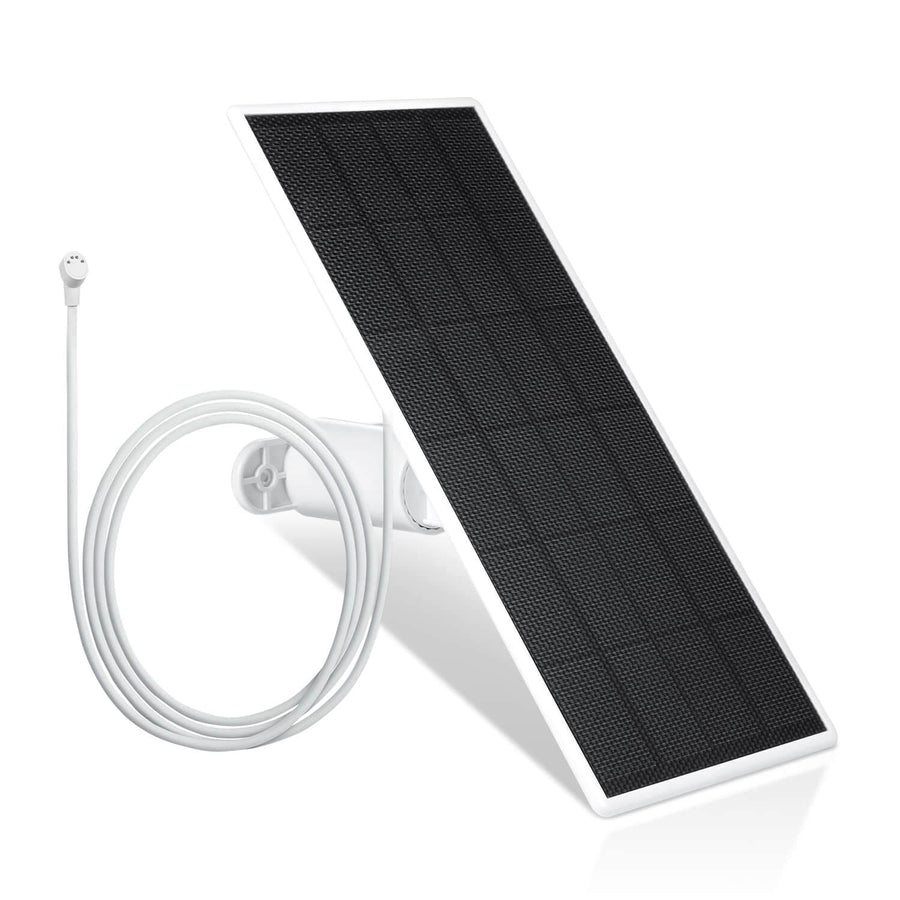
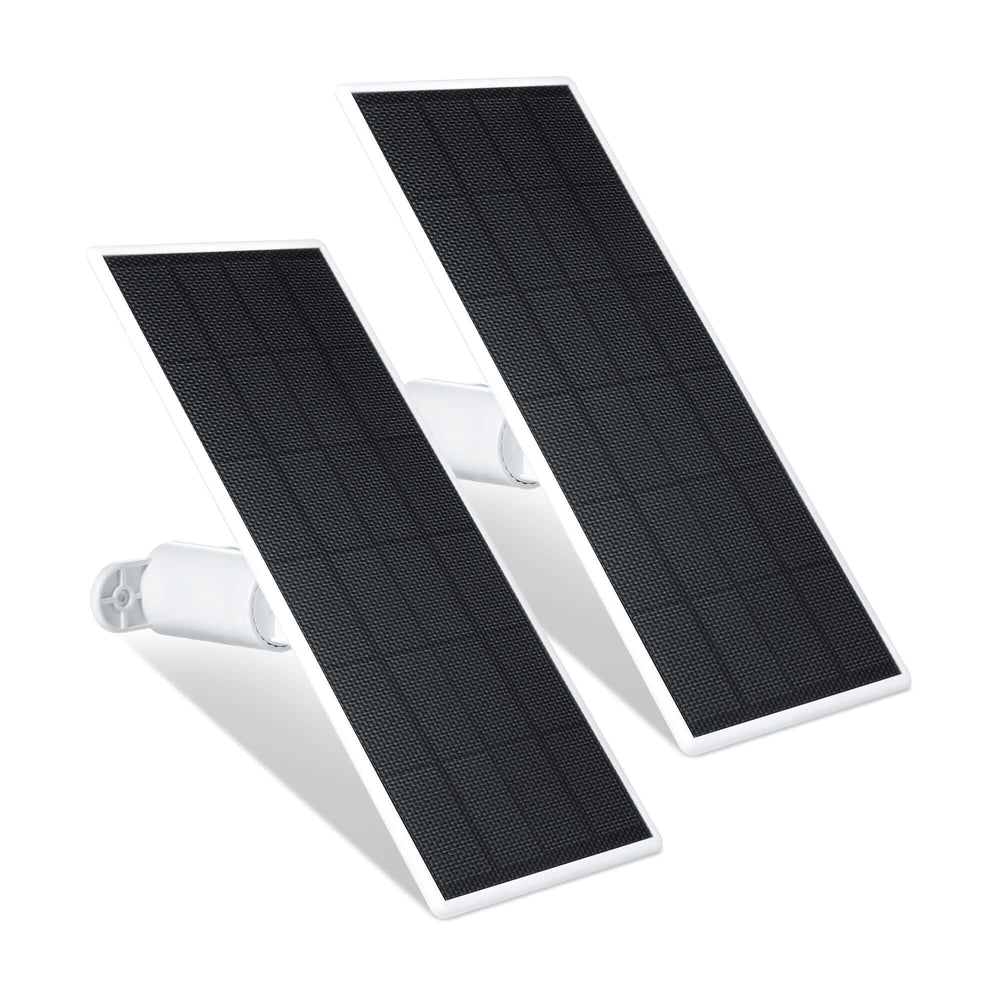
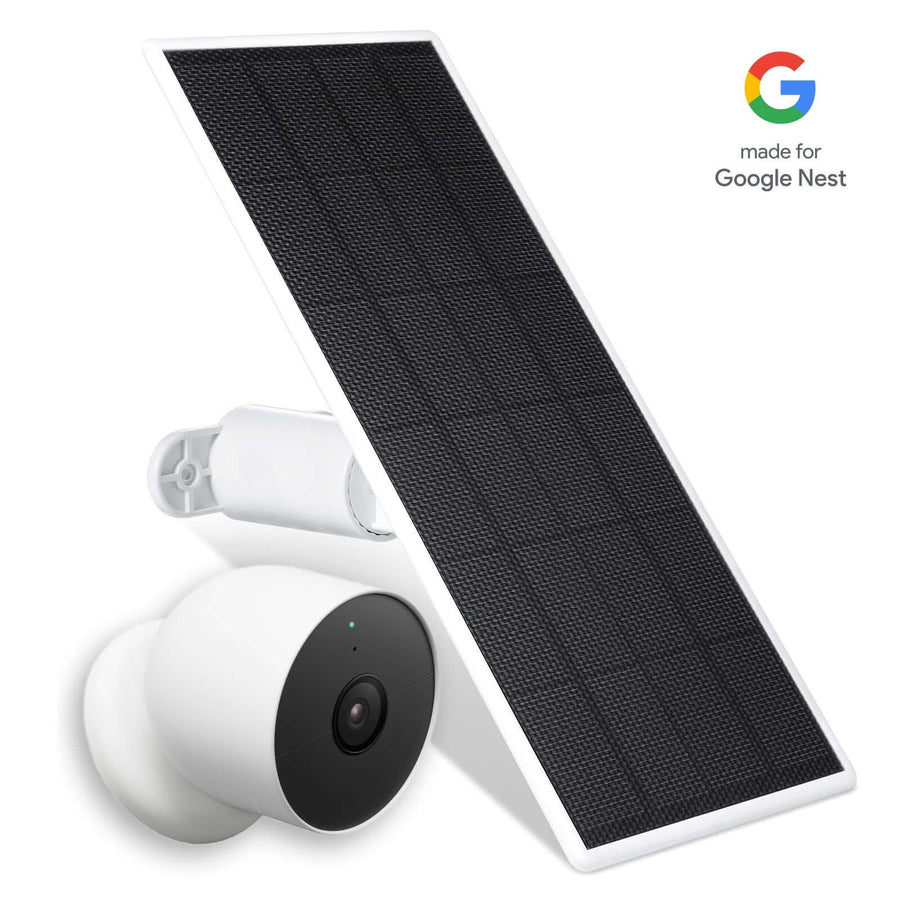
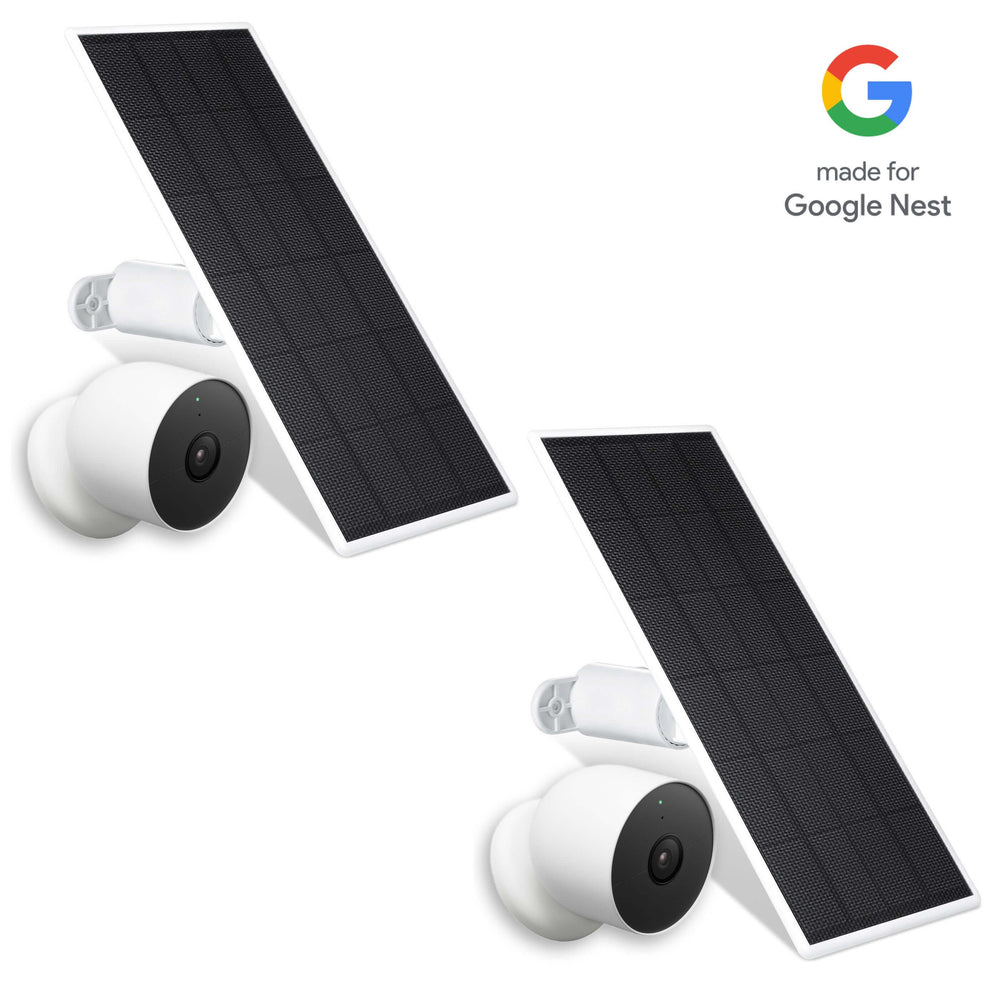
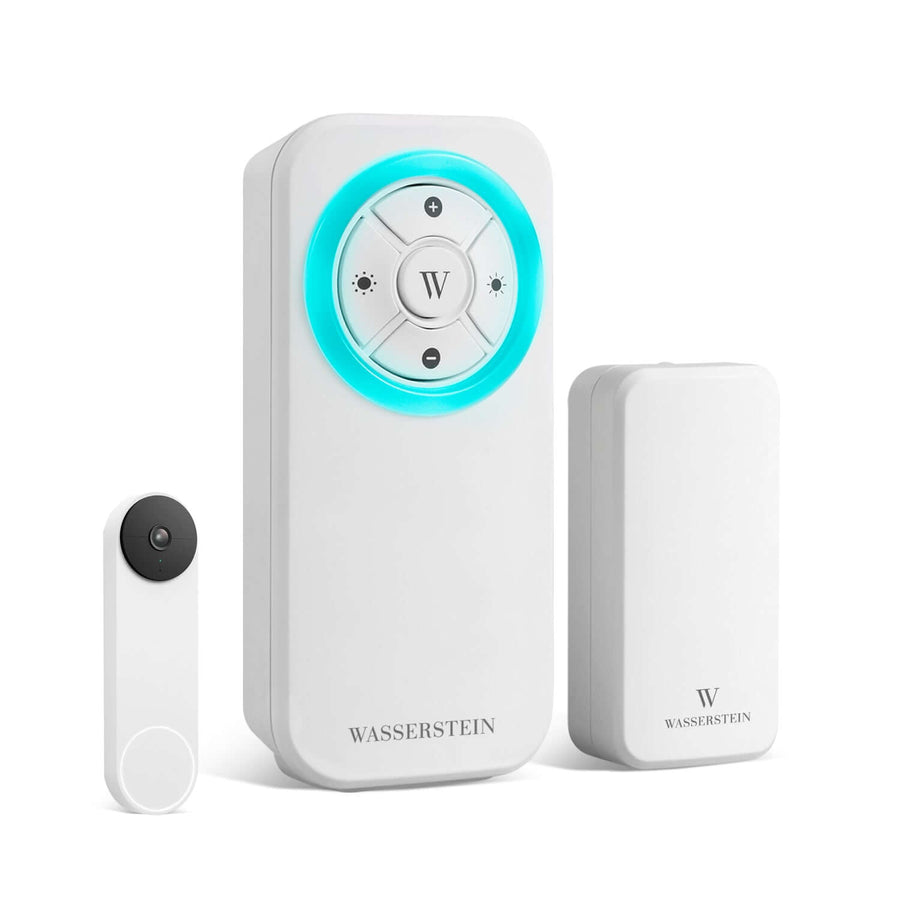
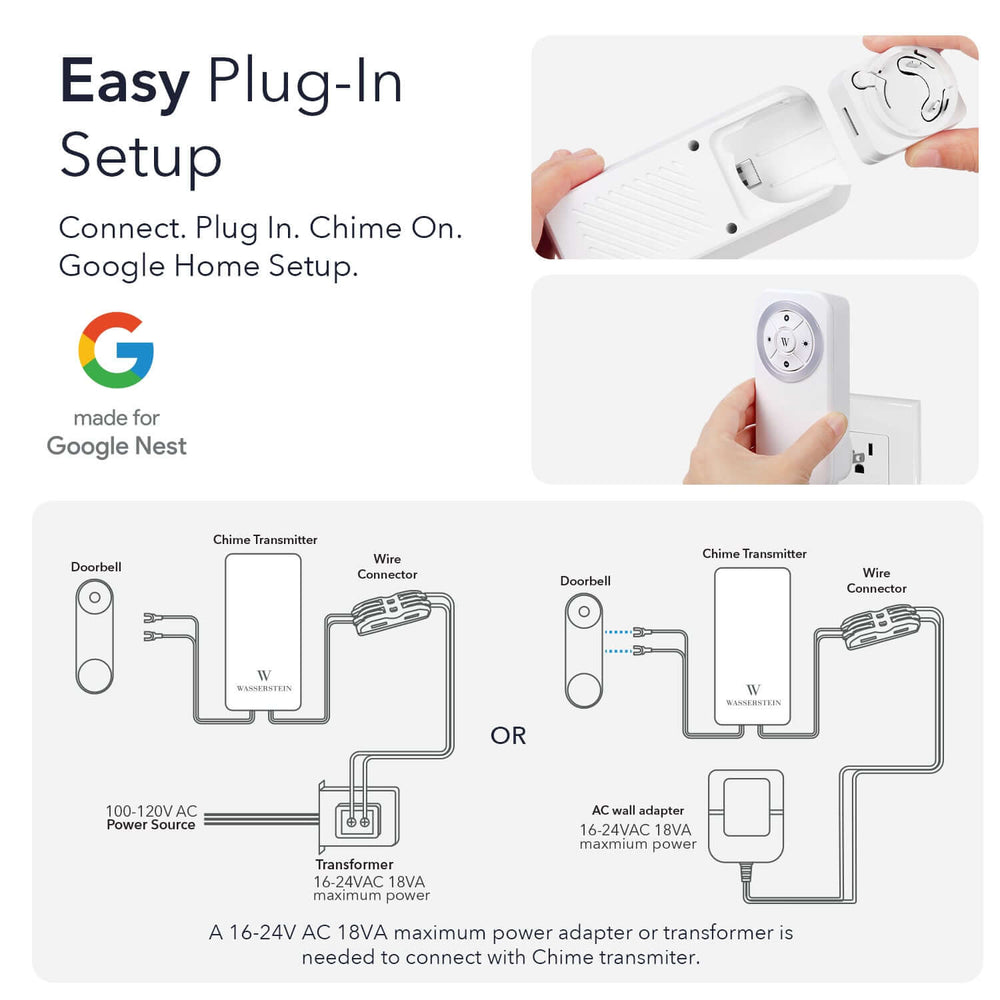
Wonderful text
Leave a comment